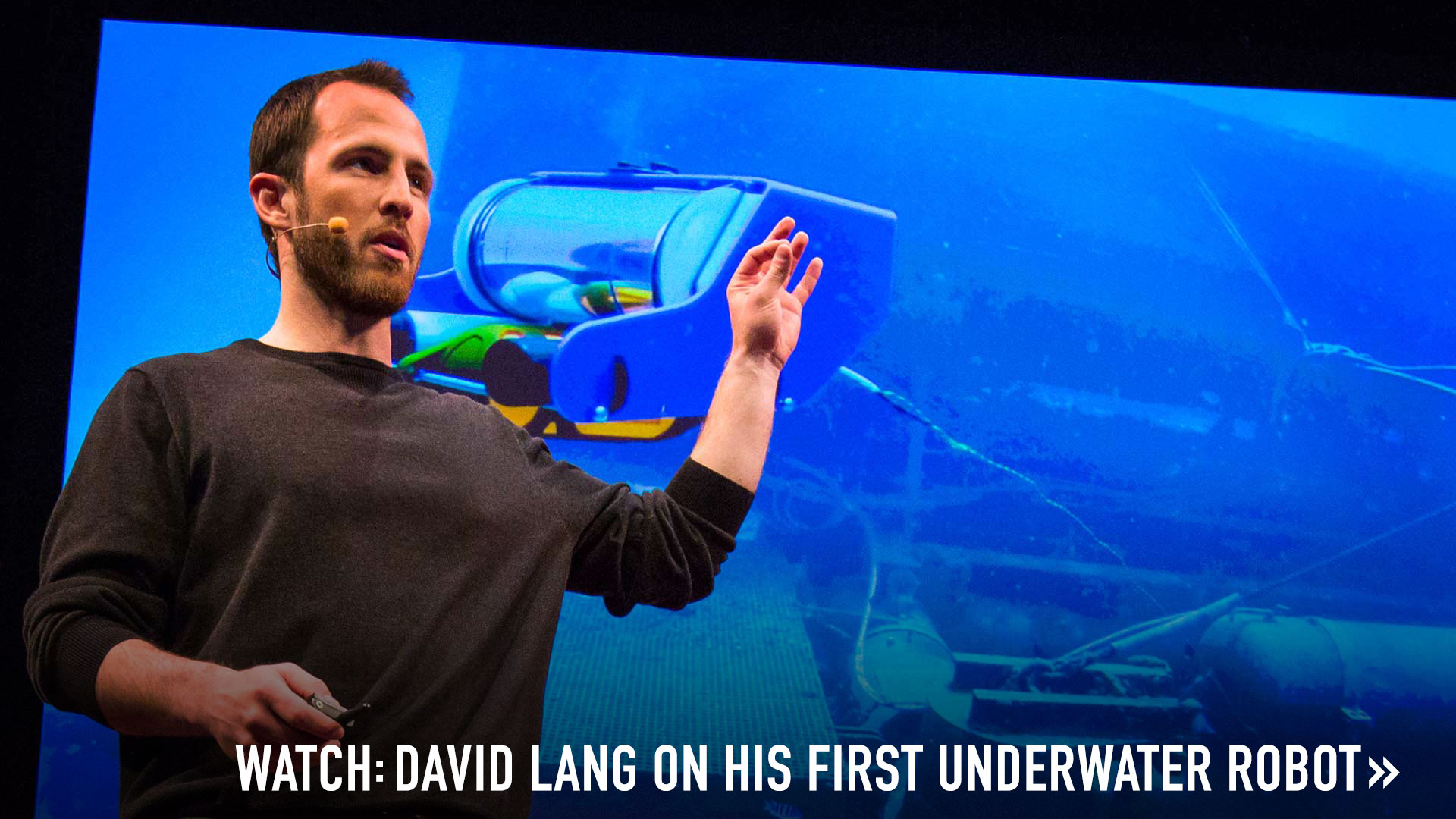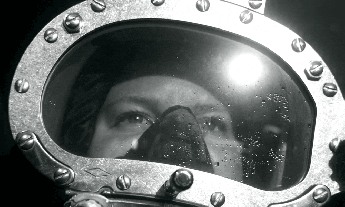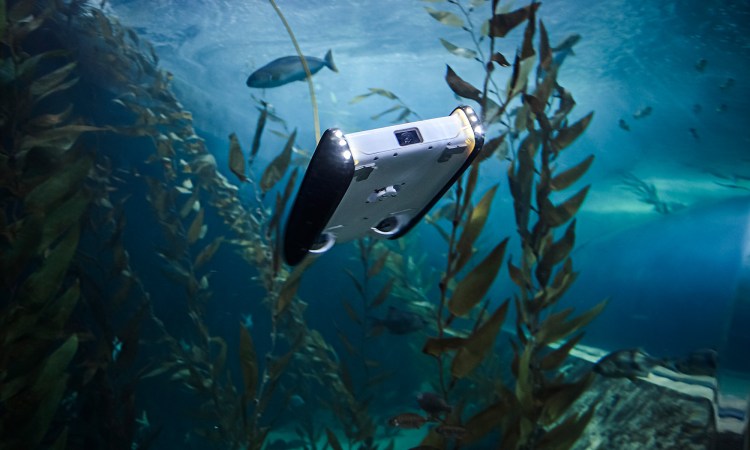
Forget aerial drones. Underwater drones are where the action’s at, at least according to OpenROV founder and TED Fellow David Lang.
Imagine climbing into the cockpit of your own personal submarine, zooming and diving through the depths of the ocean and exploring otherwise-unreachable underwater worlds — all without needing to know how to swim. That’s the promise of Trident, a new, ultra-compact underwater drone that can travel faster, dive deeper and stay submerged longer than the average scuba diver can, all while sharing discoveries live to the Internet. David Lang, TED Fellow and co-founder of OpenROV – the robotics company that pioneered the world’s first open source, low-cost underwater robot – shares why he thinks this new robot heralds a new era of underwater exploration.
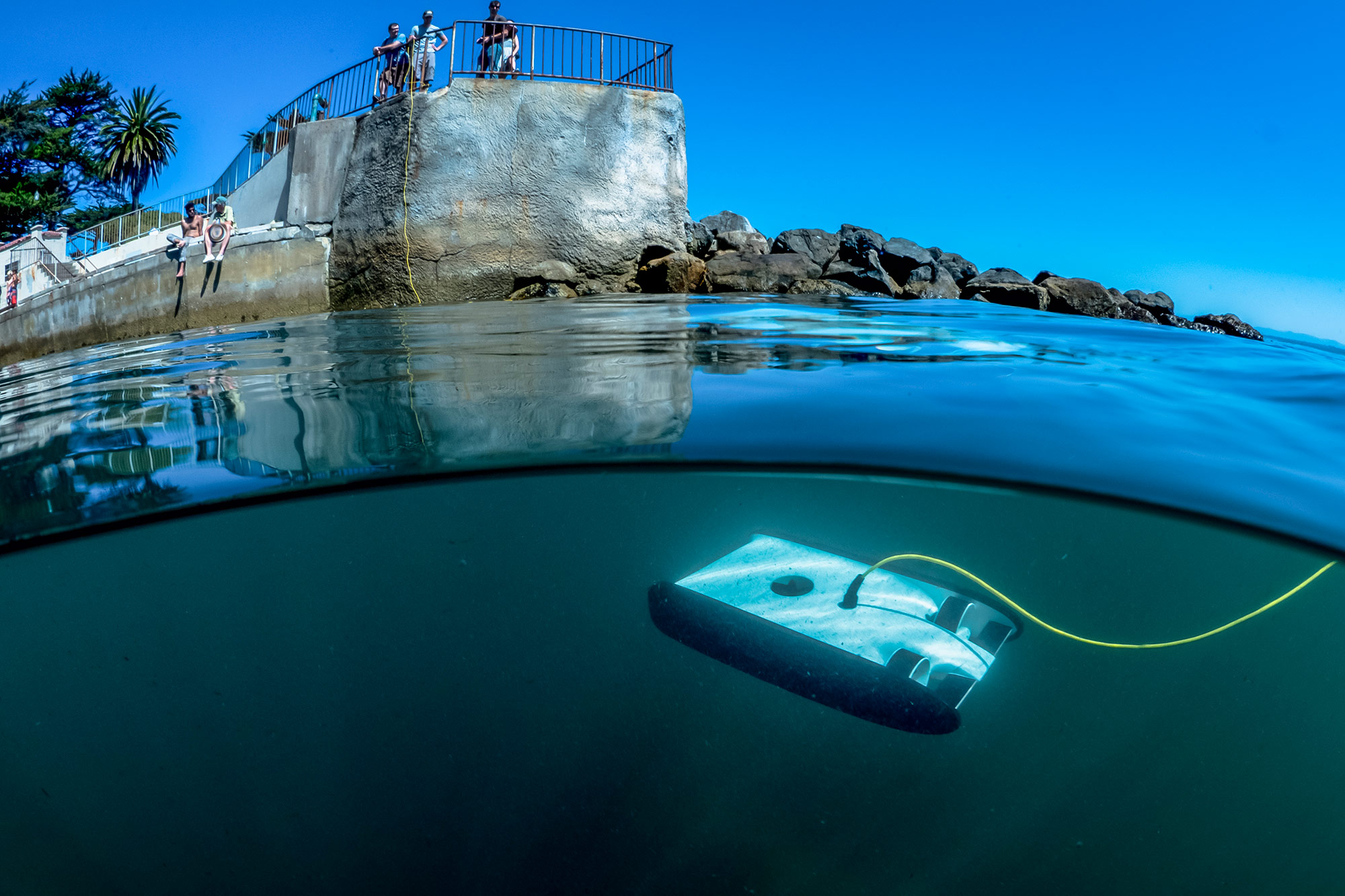
Now you, too, can be an underwater explorer. About the size of a fat three-ring binder, Trident is a portable, remote-controlled, easy-to-use underwater robot that promises to open up underwater exploration to anyone curious about what lies beneath the waves. Costing $1,199, the hope is that it will appeal to a broad cross section of society: adventurers exploring underwater caves or alpine lakes; underwater treasure hunters; kids peeking into kelp forests to learn about marine ecosystems; activists monitoring plastic pollution or the effects of oil spills …
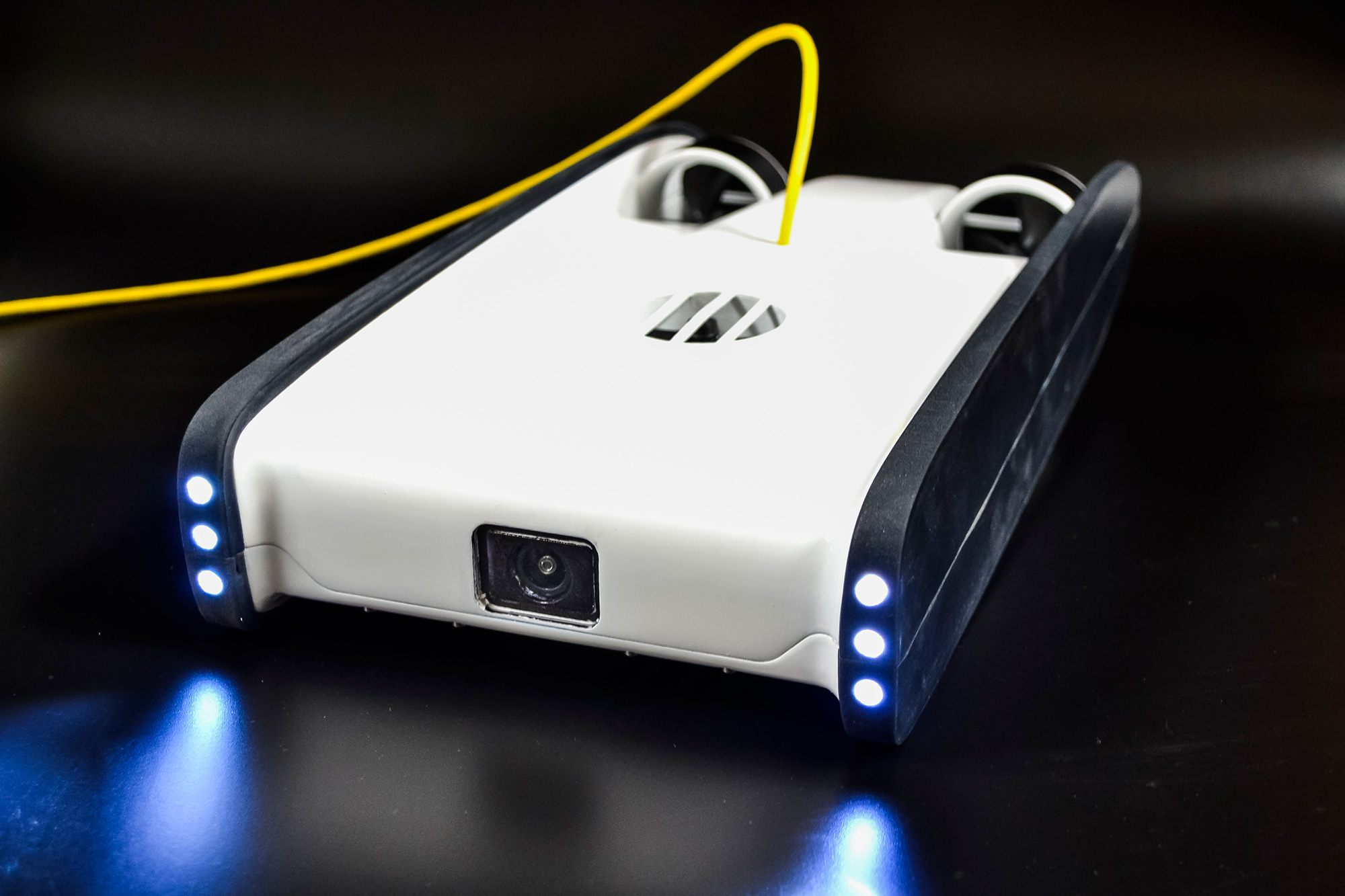
It might be small, but Trident packs a punch. Underneath its sleek, hydrodynamically tapered white plastic shell, Trident’s three powerful thrusters allow the remotely operated vehicle (ROV) to take off at high speeds — it can zoom forward at up to two meters per second, shoot straight up, and dive to 100 meters. “This device is so powerful that it can actually jump out of the water like a dolphin or whale,” says Lang. Trident can also hover and change depth with precision at low speeds, allowing the diminutive ROV to shimmy into hard-to-reach nooks and crannies, while the overmolded rubber around the edge protects it from bumps. A battery pack allows Trident to stay submerged for about three hours.
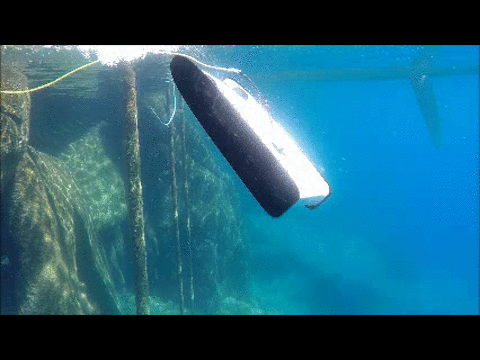
How to drive a remote-controlled submarine. The pilot controls Trident with a laptop, iPad or iPhone that sends wifi signals to a floating buoy, which in turn is tethered to the ROV and follows along wherever it roams. This sets the ROV free from the pilot, allowing long-range exploration. The tether also sends the live camera feed back to a dashboard window on the pilot’s device; plans are currently underway to enable the pilot to detach the tether altogether so that the ROV can go on autonomous, programmed missions.
The pilot is right there in the middle of the action. So too is anyone with an Internet connection. Lang’s team is now designing a cockpit interface that, like a video game, adds to the sense that you’re really underwater. You can even use Oculus Rift or other virtual reality devices to experience soaring through the water in a visceral way. As you explore, you can share what you see with the world in real time: Trident’s live feed can be streamed online, expanding the experience of exploration from the confines of a single diver, submarine or research vessel to anyone with Internet access.
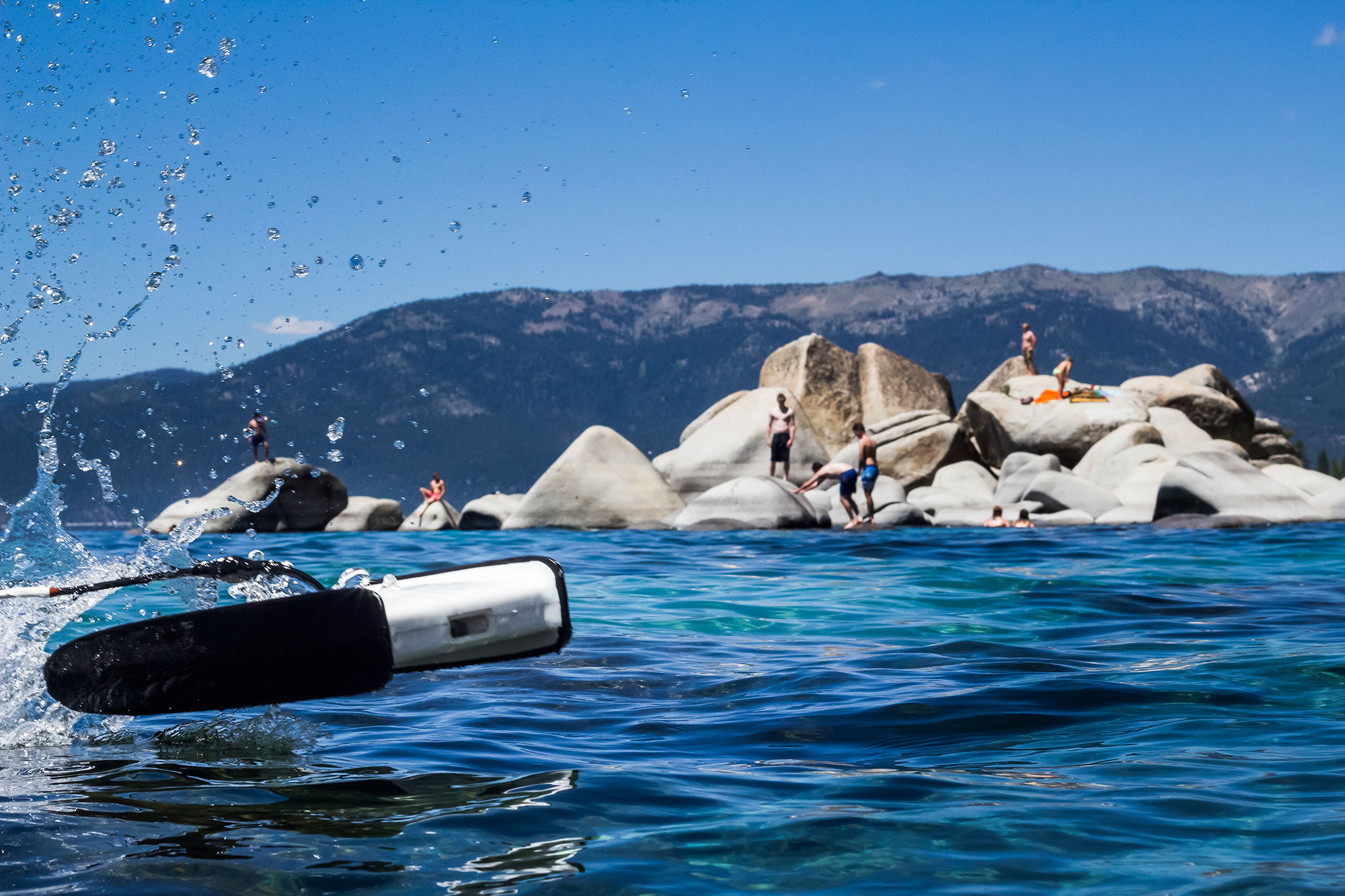
Trident is different from yesterday’s underwater robots. Underwater ROVs developed for military and industrial purposes have been around for decades. But Trident is the first robust ROV to be manufactured for the general public, with Lang and his team taking advantage of the proliferation of cheap sensors and computing to create an affordable device — and democratizing access to underwater exploration in the process. It’s all part of the same underlying trend that’s driving the boom in microsatellites and aerial drones and why, Lang says, Trident is a small part of a much larger movement happening around citizen science and exploration. “All of a sudden, asking an interesting question no longer requires a research grant and university affiliation,” he says. “That has huge implications for the process of discovery.”
Trident can help answer important questions about what’s really going on in our oceans. We still only know very little about our oceans — only five percent of them have been explored. “Underwater exploration is still about raw discovery,” says Lang, who says that Trident is ready for such scientific tasks as making 3D maps of the sea floor, monitoring marine protected areas and observing invasive species. But Lang believes the most exciting applications are likely still yet to come, as people start experimenting. “I don’t think anybody expected that aerial drones would be so popular, but people soon moved beyond capturing aerial video footage to delivering food and medicine, conservation and so on,” says Lang. “Trident will transform how we interact with underwater environments and, we hope, turn a lot of people into citizen scientists.”
Top photo by Carmen Rose; all other images courtesy OpenROV.

